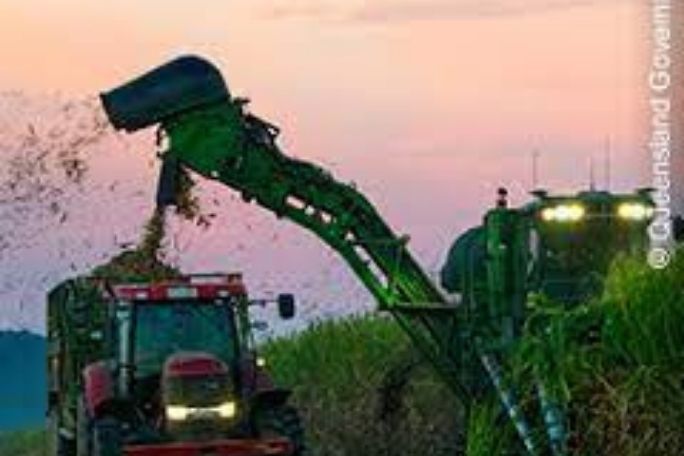Lesson summary
Students begin to think about the practical implications of climate change on food production specific to a familiar lunchbox staple, the humble banana. They will work through a series of linked literacy and numeracy activities to explore the impacts of climate change on Australia’s farmers. This lesson meets selected Australian Curriculum outcomes for Years 7 and 8 in the subjects of Science and Design and Technologies.
Learning intentions:
Students will...
- grasp the significance of climate change impacts upon food production around Australia
- conceptualise the global climate change issue affecting life in their home country.
Lesson guides and printables
Lesson details
Curriculum mapping
Australian Curriculum content descriptions:
Year 7 & 8 Design and Technologies:
- Analyse how food and fibre are produced when designing managed environments and how these can become more sustainable (ACTDEK032)
Year 7 Science:
- People use understanding and skills from across the disciplines of science in their occupations (ACSHE224)
Year 8 Science:
- Science understanding influences the development of practices in areas of human activity such as industry, agriculture and marine and terrestrial resource management (ACSHE136)
General capabilities: Numeracy, Critical and creative thinking, Personal and social capability, Ethical understanding
Cross curriculum priority: Sustainability OI.1, OI.2.
Syllabus Outcomes: SC4-13ES.
Time needed: 60 minutes.
Resources required
- Internet
- Student Worksheet
Additional info
This lesson has been created in partnership with WWF-Australia. Earth Hour is the world’s largest community-driven climate change campaign. At the centre of Earth Hour is switching off lights to show a commitment to taking action. Thousands of teachers use Earth Hour’s education program to enrich their curriculum and provide pathways for young people to create change in their world.
For the most up to date Earth Hour dates, times, and events, check here.


Welcome back!
Don't have an account yet?
Log in with:
By signing up to Cool.org you consent and agree to Cool's privacy policy to
store, manage and process your personal information. To read more, please see
our privacy policy here(Opens in new tab).
Create your free Cool.org account.
Many of our resources are free, with an option to upgrade to Cool+ for premium content.
Already have an account?
Sign up with:
By signing up to Cool.org you consent and agree to Cool's privacy policy to
store, manage and process your personal information. To read more, please see
our privacy policy here(Opens in new tab).